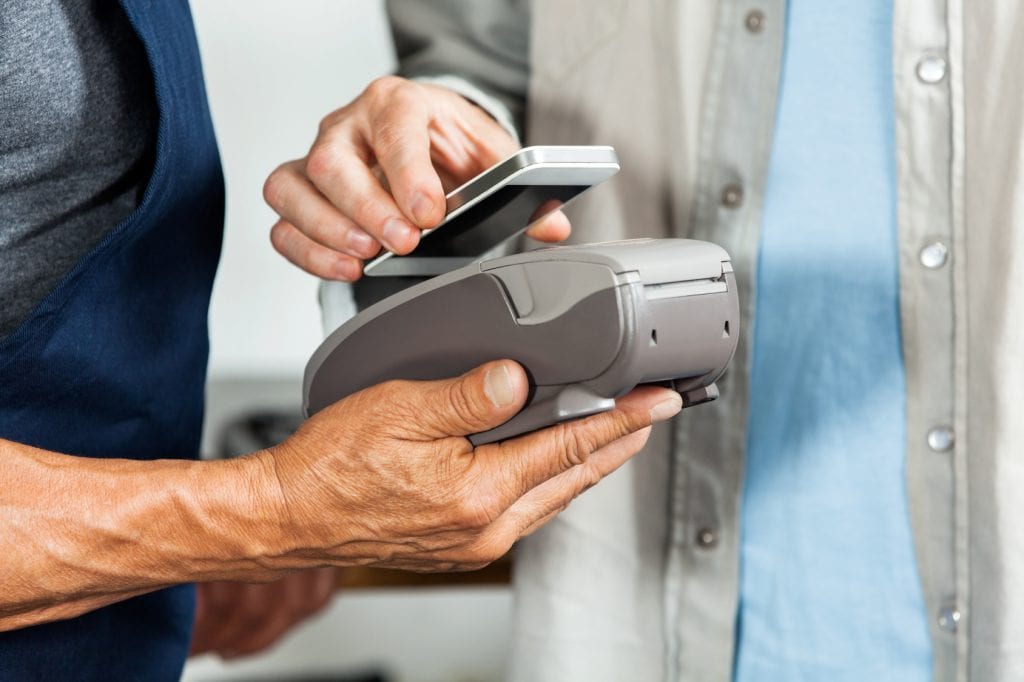The U.S. underbanked population represents the key to growth of mobile payments, but increasingly strict government regulations reportedly could hinder the opportunities among financial technology companies offering underbanked Americans an opportunity for financial conclusion.
New laws, such as the California Money Transmission Act, “have imposed onerous costs, lengthy application processes, and huge capital and net-worth requirements, all of which are crippling to startups that simply can’t afford the cost of compliance,” Hamed Shabhazi, chairman and CEO of TIO Networks Corp, noted in a Gigaom guest column.
To encourage more underbanked consumer involvement, Shahazi suggested that cash deposits be included as a funding mechanism for mobile wallets. He cited Green Dot’s MoneyPak, which consumers may buy using cash to top up their Green Dot prepaid card accounts at Walmart, Kmart and Walgreen stores, as an example of a company that has identified cash acceptance as a necessary offering to grow a business by meeting the needs of the underbanked consumers.
Shabhazi is right in noting that underbanked consumers, which are strong users of mobile phones, will help to drive the mobile-payments market. It’s because they are such heavy users of cash that Visa and MasterCard initially are targeting the global underbanked sector with their mobile-wallet initiatives. But financial institutions, which would offer or use the card brands’ mobile services, must be more willing to reach out to underserved consumers to help those initiatives to succeed. Through direct deposit and other services, they, too, can help rein in cash use and bring financial inclusion to electronic payments to a broader range of customers, thus potentially driving up their own revenues in the process.
Click here to read more from Shabhazi.
